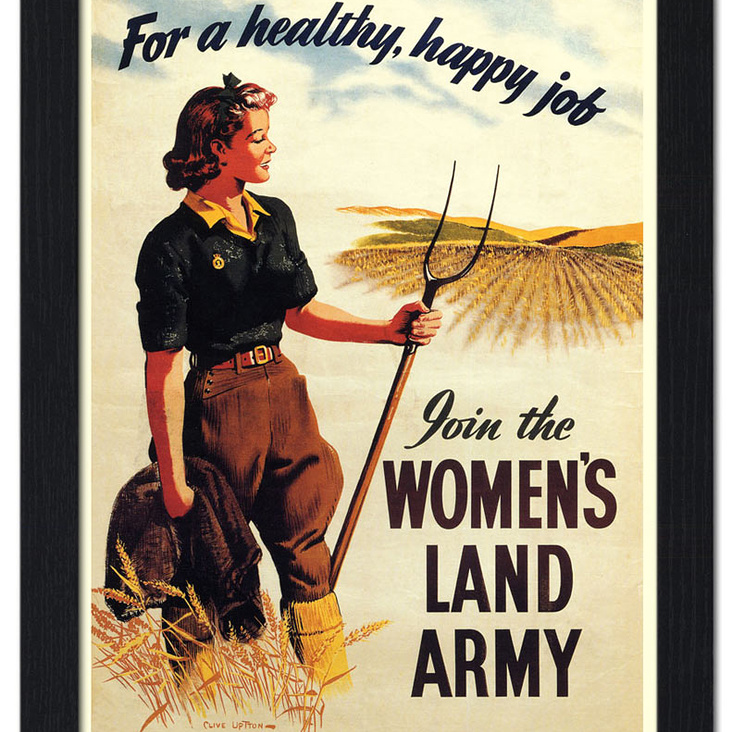Marisa Bass will present at the Seminar in Renaissance and Early Modern Material Culture on Tuesday, January 31, at 6 pm. Her talk is entitled “Insect Artifice: The Making of Joris Hoefnagel’s Four Elements.”
The Netherlandish polymath Joris Hoefnagel began work in the 1570s on a monumental manuscript project known today as the Four Elements. This remarkable compendium of animals and insects, including some 300 illuminated folios and over 1000 accompanying Latin inscriptions, occupied Hoefnagel for the rest of his career. Among the four manuscripts that comprise Hoefnagel’s Four Elements is a volume long associated with the origins of entomological study in the Low Countries. Exclusively devoted to the representation of insects—and derived almost entirely from study of specimens from life—Hoefnagel’s manuscript predates any printed entomological treatise of the early modern period. Yet to understand Hoefnagel’s insect volume as a prescient natural history treatise would be to miss the point. In this talk, Bass examines the unique motivations underlying Hoefnagel’s engagement with the insect kingdom, which were far less scientific than poetic and humanistic in origin. The intensive and patient labor that Hoefnagel applied to the representation of insects had its roots in a disenchantment with both human civilization and spiritual devotion that arose in the wake of the Dutch Revolt, and which inspired him to seek answers in the smallest and most unlikely corners of the natural world. The material qualities of the volume itself—the pasting of real insect wings to the page, the luminous effects achieved through the application of gum arabic, and the organization of species both on individual folios and in sequence throughout the volume—reveal Hoefnagel’s deeply personal pursuit of knowledge about human nature through nature itself.
Marisa Bass is Assistant Professor in the Department of the History of Art at Yale University. She is a specialist in early modern art, with a focus on intersections between art and intellectual culture in the Netherlands. Her book Jan Gossart and the Invention of Netherlandish Antiquity was published in 2016 with Princeton University Press, and her catalogue Beyond Bosch: The Afterlife of a Renaissance Master in Print (co-authored with Elizabeth Wyckoff) appeared in 2015 to accompany an exhibition at the St. Louis Art Museum and the Harvard Art Museums. She has recently held positions as member and visiting scholar at the Institute for Advanced Study in Princeton and the Max Planck Institute for the History of Science in Berlin. In spring 2017, she will be a fellow at the Netherlands Institute for Advanced Study in Amsterdam to begin a new project on the public monument and Republican ideals in Amsterdam’s Golden Age. Her second book Insect Artifice: The Metamorphosis of Nature in the Dutch Revolt is expected from Princeton University Press in 2018.







